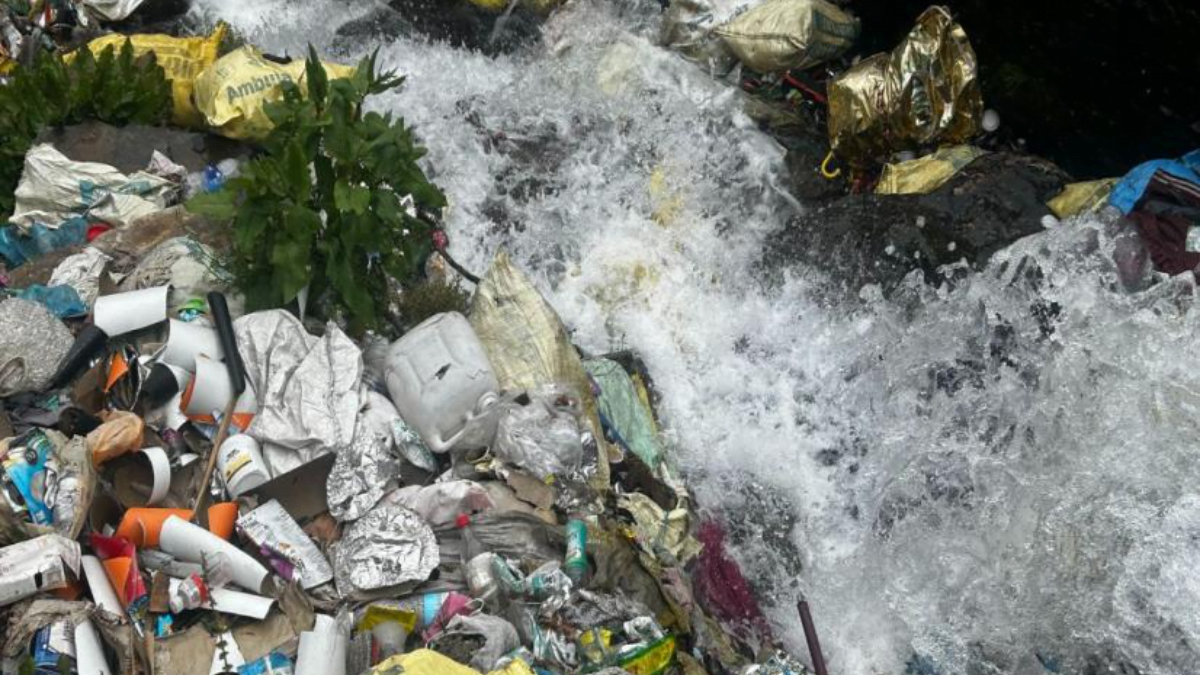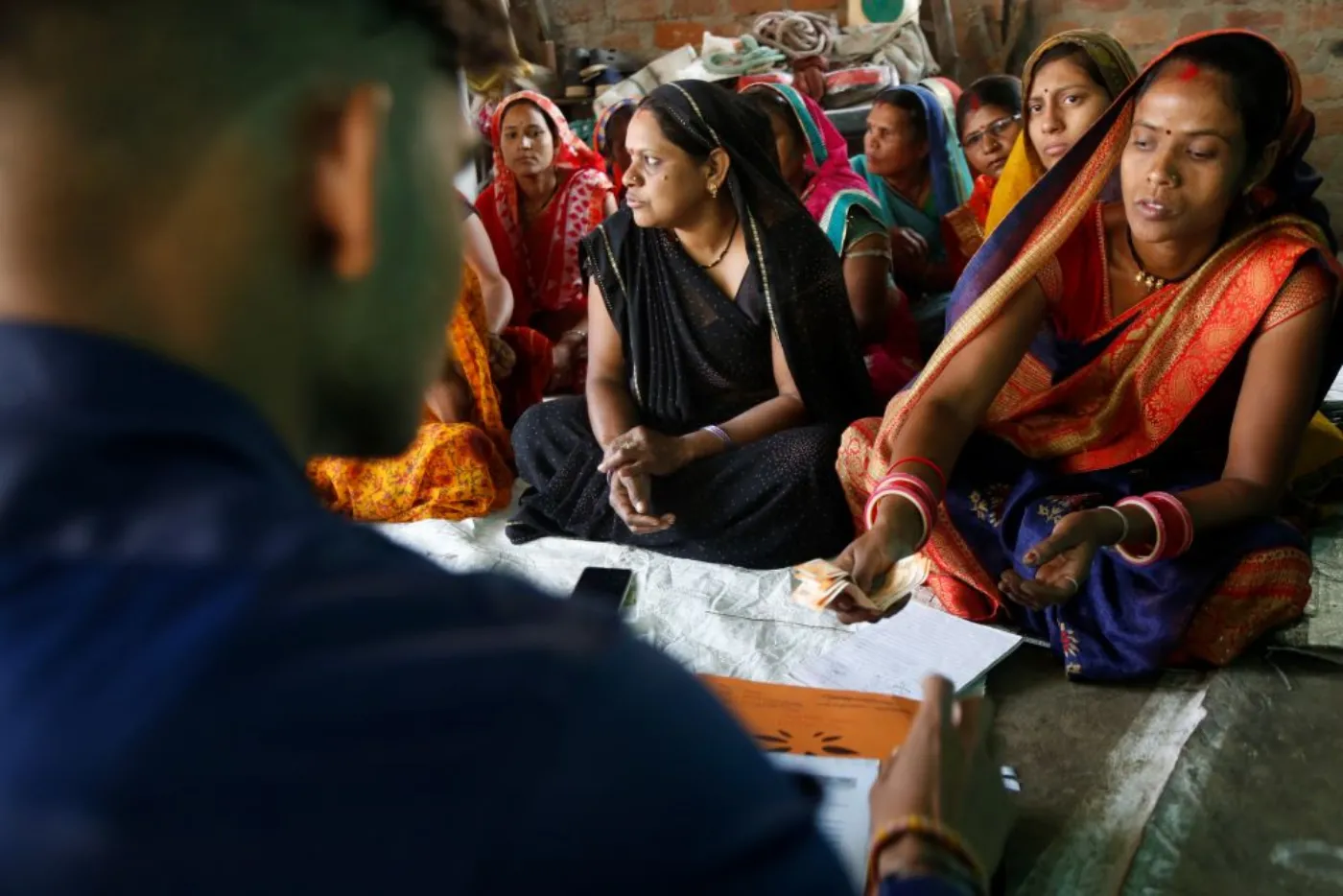Kullu, Himachal Pradesh: Nestled amid the picturesque landscape of the Himalayas, Malana village is well-known for many reasons, the primary of which is the premium hashish that is produced here, nicknamed ‘Malana Cream’. It is also famous for its indigenous democratic system and rather infamous for how the natives perceive outsiders — as ‘unclean’ and untouchable. The hamlet in Himachal Pradesh draws around 15,000 to 20,000 tourists every year during the peak season in April-June and September-October.
This mountain village is now grappling with a mounting garbage crisis which is marring the natural beauty. Piles of garbage welcome you as you enter the village, and along the way, the shiny wrappers of chips and chocolates are littered until even the remotest parts of the village.
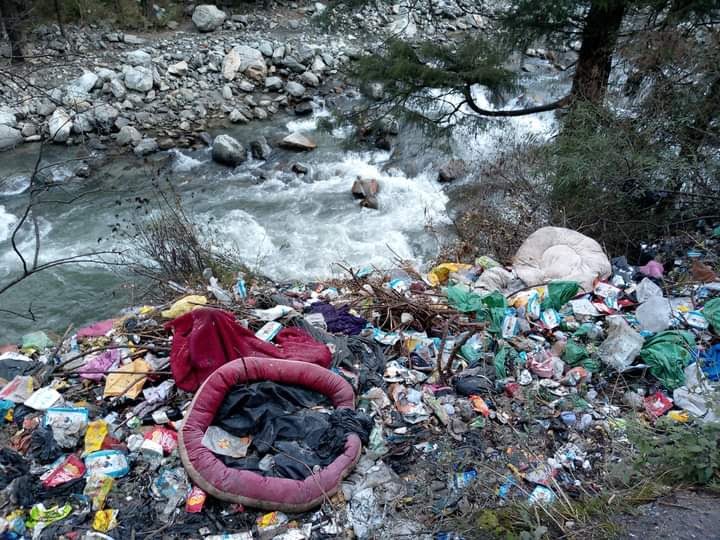
Experts say that the surging influx of tourists coupled with the village’s unique social and cultural practices have hindered effective waste management initiatives.
According to Pradeep Sangwan, founder of Healing Himalayas – which conducted a clean-up drive in the village in 2019 — the social fabric of the village impeded their campaign since the locals of the area identify themselves as descendants of Aryans, upper caste and refused to participate. The village is overwhelmingly homogenous with only 28 out of the 1,722 people in the village identifying as Schedule Caste, according to the 2011 Census.
Experts say that the surging influx of tourists coupled with the village’s unique social and cultural practices have hindered effective waste management initiatives
Sangwan tells of his experience in other villages while conducting a cleanliness drive. ‘In other areas like Kaza town and Chitkul village, we always received strong support from the local panchayat and the community — especially from the younger generation and educational institutions. In many villages, residents themselves also volunteered to collect the trash,’ he says.
This is in stark contrast to how the population reacted to the drive in Malana. ‘Residents were not willing to clean their surroundings. We even obtained permission from the temple committee but they refused to participate due to their high social status. Some even said that they were willing to pay as much as required but they would not participate in any cleanliness drive. This was very discouraging for the volunteers,’ Sangwan tells 101Reporters, adding that the organisation has not organised any other cleanliness drives in the village since then.
Traditional beliefs not aligned with modern garbage management methods
‘The villagers consider themselves special and sacred, leading them to believe that they cannot fully integrate with the general population. The local customs dictate that outsiders cannot touch Malanis, their temple or sacred platform,‘ explains Vijay Kumar (42), who plies his taxi between Jari to Malana village entry point.
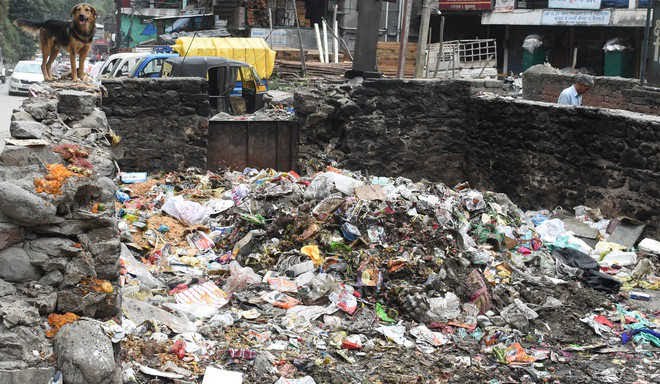
‘The people of Malana believe that participating in such communal efforts may potentially expose them to individuals from lower castes — and fear that this could incur the wrath of their deity Jamlu Devta. This fear, in turn, reinforces the practice of untouchability, further segregating them from others and isolating the village from participating in broader initiatives aimed at maintaining cleanliness and hygiene,’ Vijay says.
Raju Thakur (55), the Malana sarpanch agrees that the “upper caste status” of the residents makes them hesitant to pick up garbage. ‘If outsiders are not allowed to touch us, how can we touch their garbage?‘ he remarks. When asked about whether the panchayat has initiated any community-led cleanup drive in the past, he evaded the question citing lack of funds as an excuse.
Swaru Thakur (82), one of the oldest residents of the village, blames “outsiders” for dirtying their surroundings, saying that the tourists bring their trash and dump it in the village area.
Swaru Thakur (82), one of the oldest residents of the village, blames “outsiders” for dirtying their surroundings, saying that the tourists bring their trash and dump it in the village area.
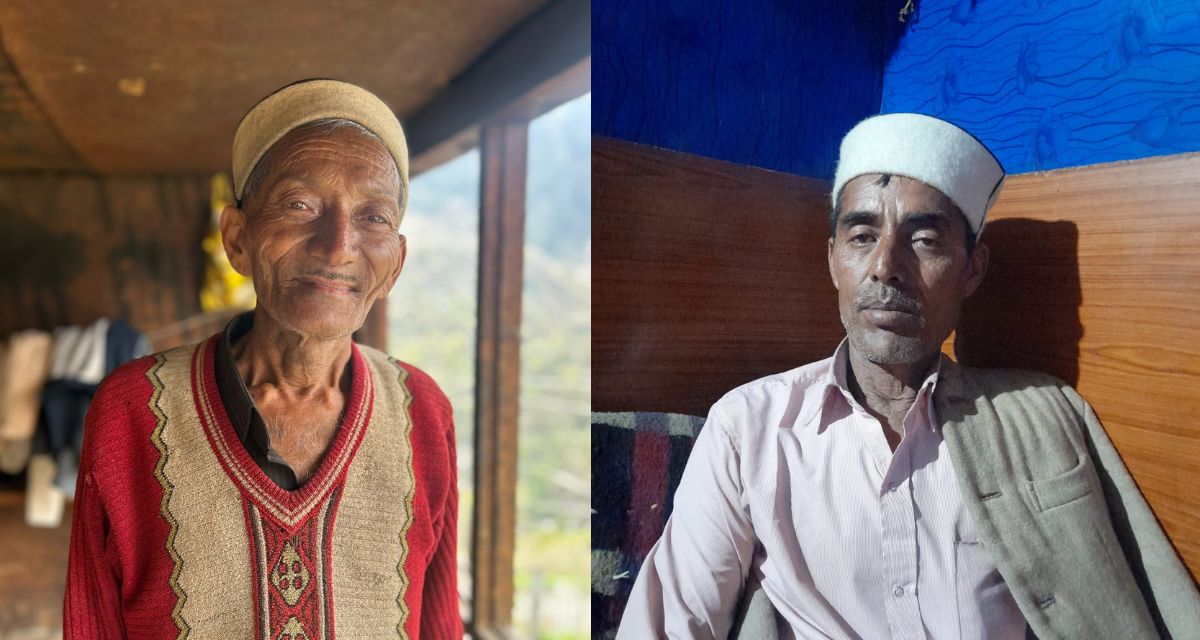
Miscommunication leading to plastic and garbage pileup
Thakur’s statement is not without merit. A spot near a water stream cutting across the village has a mound of plastic bottles, courtesy of the tourists.
According to Sharwan, a café owner, all of this is due to a misunderstanding. ‘The locals have a belief that water flowing through this stream is scared to Jamlu Devta. No outsider has to be allowed to cross the stream with ‘outside’ water, and therefore the tourists are asked to empty their water bottles before proceeding further. However, due to a language barrier tourists often misinterpret the villagers’ intention thinking that they should discard their bottles, which is leading to a significant buildup of plastic waste there,’ he tells 101Reporters.
‘The villagers hold the belief that any negative energy or evil brought by tourists will be washed away when they drink from the stream,’ he adds.
No attempt has been made by the residents or panchayat to find an alternative to check the miscommunication. Also, interestingly, the village has fines for several petty offences — like touching a person, their religious spaces and temples, their water bodies or homes. The fines range from Rs 500 to Rs 50,000, depending on the severity of the offence however, there is no fine for littering.
Also, interestingly, the village has fines for several petty offences — like touching a person, their religious spaces and temples, their water bodies or homes. The fines range from Rs 500 to Rs 50,000, depending on the severity of the offence however, there is no fine for littering.
According to the sarpanch, sometimes the locals get together to hire a ragpicker from the Jari hamlet who collects some of the garbage and plastic bottles in the area, while some are washed away in the river flow. ‘A few years ago, dustbins were installed along the tracks of the village by the officials from the Malana hydro project. However, soon after some of them were stolen and others broken,’ he adds.
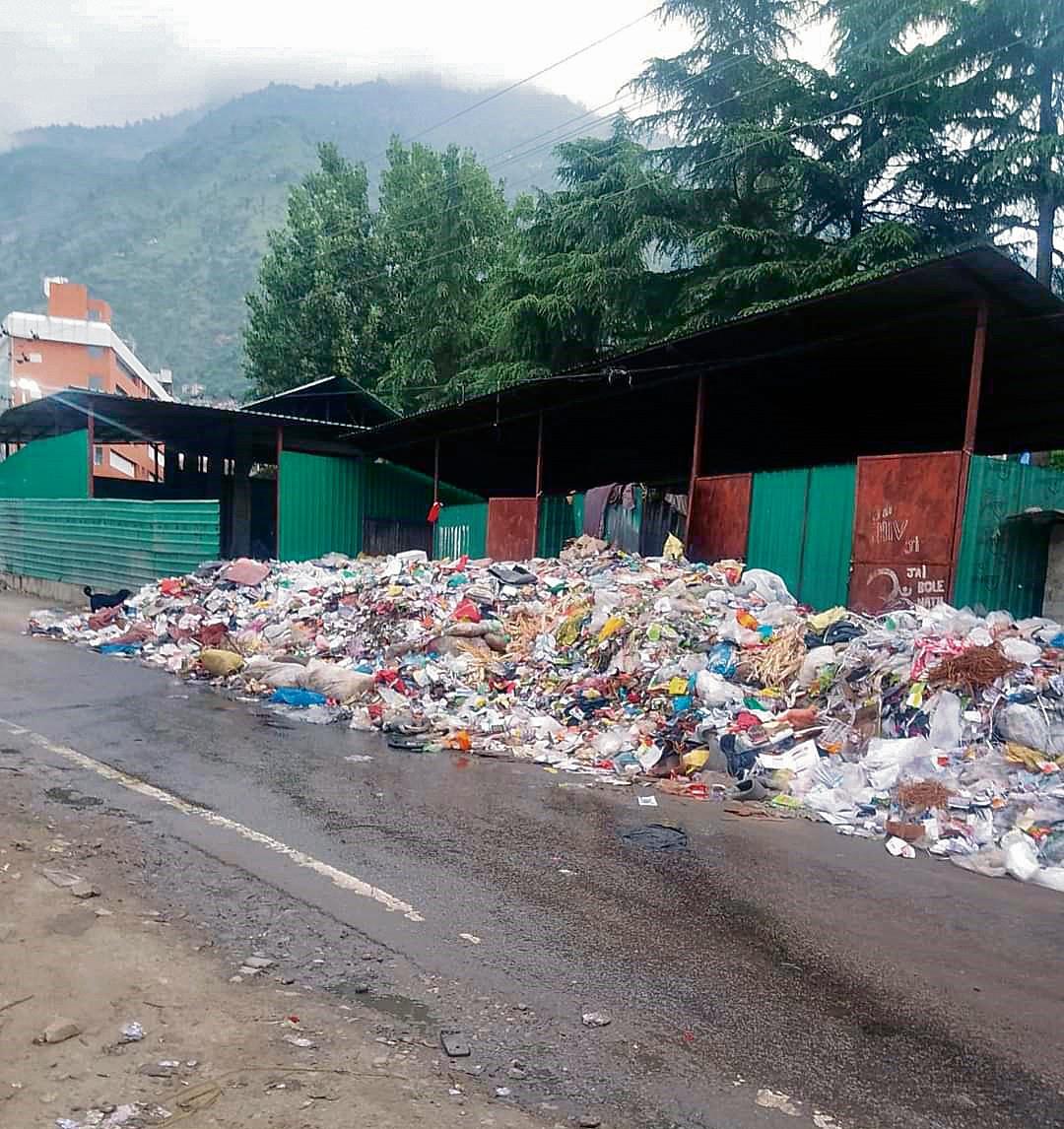
The villagers also say that their households don’t generate as much garbage and waste. ‘Whatever little is generated is burnt in tandoors that are present in every house. Sometimes children litter the surroundings with chips, toffee wrappers,‘ the sarpanch says.
It is important to note that the practice of open burning of waste is harmful to the environment and public health, as it releases toxic pollutants and contributes to air pollution. Many Indian cities and states have regulations and guidelines in place that prohibit or restrict the burning of waste, including kitchen waste, says Khwaish Gupta of Waste Warriors, an organisation that helps set up waste management systems in the Himalayan Region.
Gupta explains that over the years, consumption patterns in rural landscapes have undergone drastic changes and the setting up of waste management structures hasn’t kept pace with the same. ‘They are also consuming packaged goods which are disposed of carelessly. The problems are the same in other villages, which may be compounded by the unique social traditions of this village. But it remains that there is a lack of awareness among the locals and long-term interventions at the local level,’ she adds.
The problems are the same in other villages, which may be compounded by the unique social traditions of this village. But it remains that there is a lack of awareness among the locals and long-term interventions at the local level,
Khwaish Gupta
She continues, ‘It takes continuous engagement with communities, especially as isolated as those in Malana, to get people to acknowledge a problem and co-create a solution. Due to the intersectionality of the issue — the ‘dirty’ and taboo topic of waste converging with the lived reality of the caste system — gradual work over several years is needed to build trust with the locals, identify potential changemakers from within the community, capacitate them with the right knowledge bank and skills, and finally culminate it into on-ground action.’

Spilling out
The unsegregated solid waste is not only hampering the beauty of the village but also plaguing its only water source. Most of the garbage is dumped at the entrance of the village near Malana Nala. ‘In certain areas, the river has completely changed its flow due to the garbage heaps,‘ says the sole ASHA worker of the village Nirmal Devi. No official study or testing has been done regarding the contamination of water in the area.
The unsegregated solid waste is not only hampering the beauty of the village but also plaguing its only water source. Most of the garbage is dumped at the entrance of the village near Malana Nala.
The deputy commissioner of Kullu Ashutosh Garg expressed concern over the garbage crisis in the Malana village. ‘The administration has attempted numerous clean-up drives with NGOs and school children in the past but received no support from the village. No one came forward to participate.’
The official adds that there is a glimmer of hope as some of the youth of the village have started leaving to pursue higher education, signalling a gradual shift in mindset and possible progress in future.
About the author(s)
101Reporters is a pan-India network of grassroots reporters that brings out unheard stories from the hinterland.
